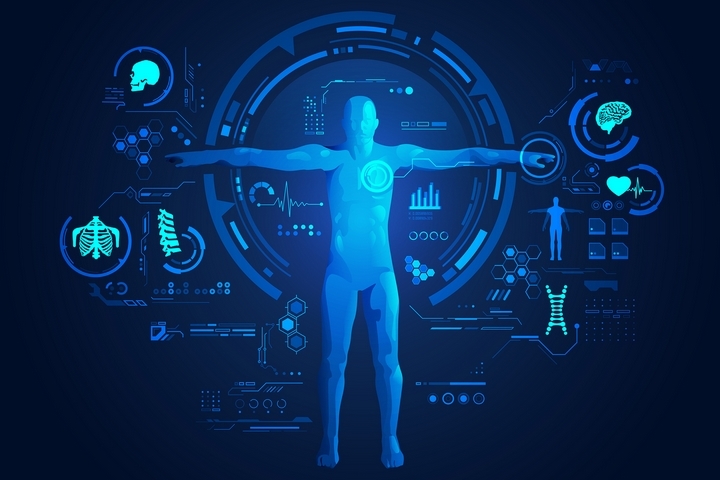You have likely come across the term ‘DNA testing’. However, do know what DNA means, or what it’s all about? Well, here are a few basic facts about DNA that you should know.
1. What DNA Means
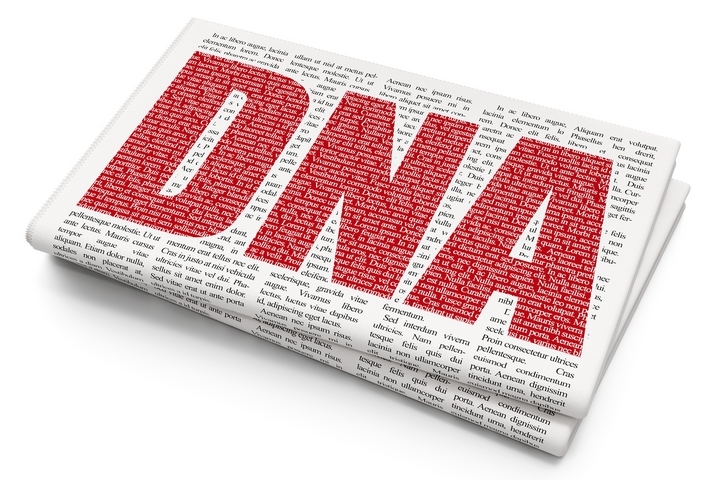
DNA is a short form for deoxyribonucleic acid. It’s an agent of human creation that sends sequential messages to proteins, instructing them what to create. If a DNA sends a message to your proteins to create a head, voila, a head is formed! Every creature on earth has a unique DNA, which means that humans can only reproduce humans, and other animals can only procreate their kind. Courtesy of DNA, every living organism reproduces its own kind.
2. Every Living Object Has DNA
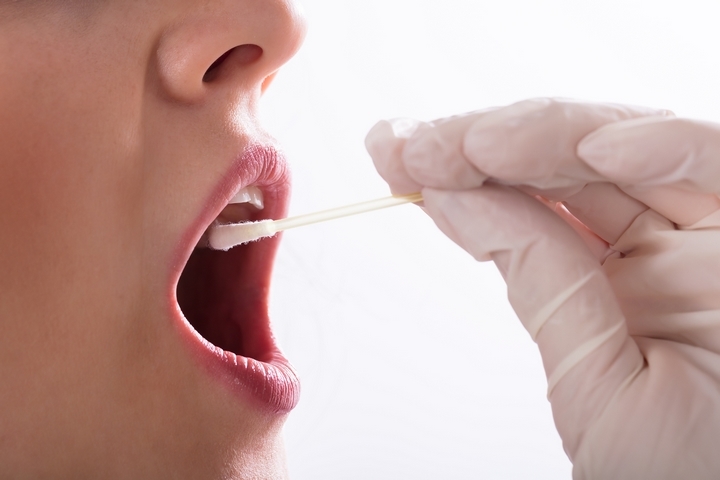
Both animals and plants have DNA. It mainly resides in the nucleus and mitochondria cells. Every human cell has about 10,000 genes made up of DNA. If it were possible to unwind and tie the entire DNA in a cell together, it would cover a stretch of six feet.
3. DNA Is Made up of Bases, Sugars, and Phosphates
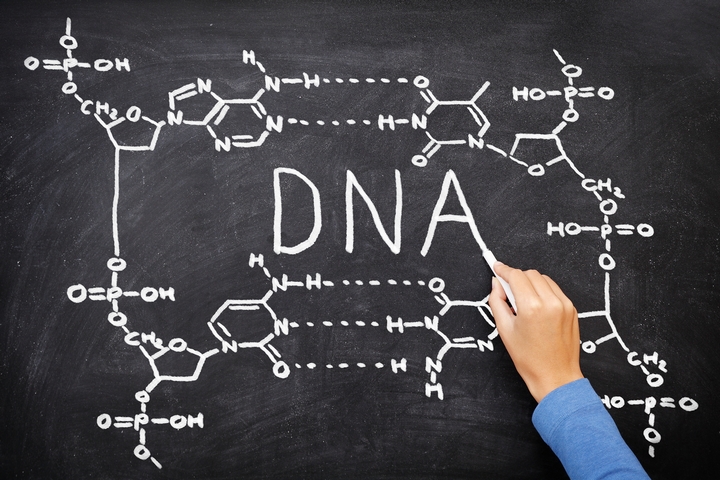
DNA consists of chemical bases A (adenine), G (guanine), T (thymine), and C (cytosine), which pair exclusively as A to T, and C to G. When paired, they are called base pairs. Every base is coupled with a phosphate and a sugar molecule to form what is known as a nucleotide.
4. DNA Has a Double Helix Structure
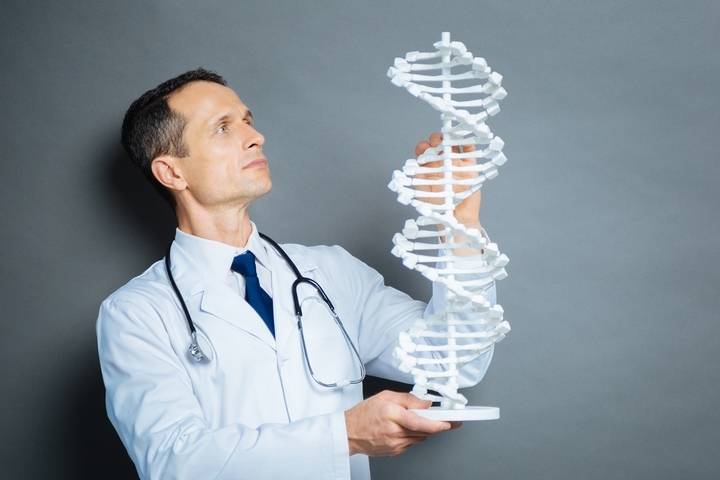
Under the microscope, DNA looks like a staircase or spiral ladder. The base pairs consist of the steps or rungs of this staircase, while the phosphate and sugar molecules constitute the ladder’s sidepieces or, to continue with the staircase analogy, the railings. How the rungs or steps are ordered determines what the DNA codes represent, e.g., hair or the leaf of a tree.
5. DNA Versus Chromosomes’ Genes
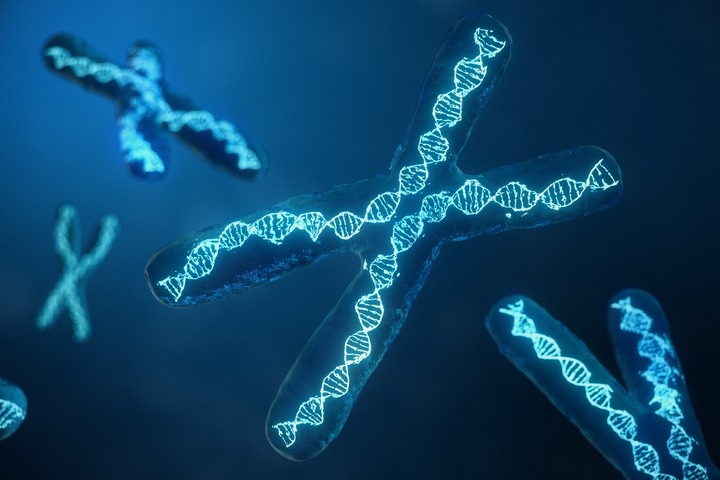
Do not confuse chromosomes and genes as most people do. Genes consist of DNA. Since every cell is packed with DNA, the DNA strands wrap into tight packages or small tightly packed bundles that are collectively referred to as chromosomes. To unwrap this distinction and make it as clear as daylight, just remember that DNA is found in genes while genes are on chromosomes.
6. There Are 46 Chromosomes in Humans
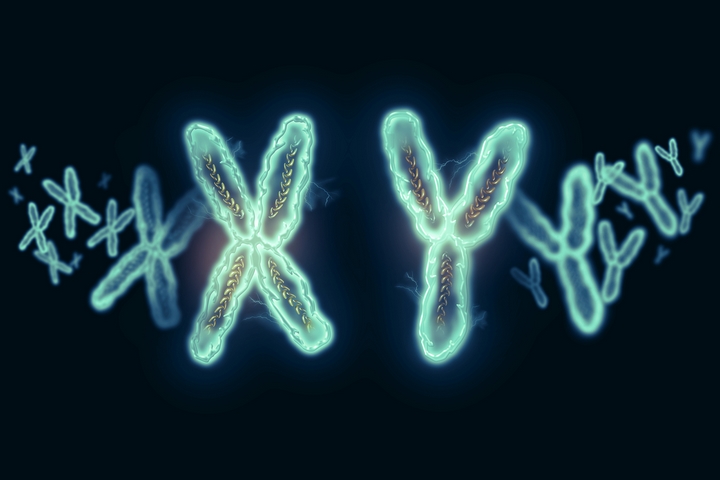
Each human cell has 23 pairs of chromosomes, 22 of which are similar for both sexes (male and female). The distinction is borne by the last chromosome. While women have two X chromosomes (XX), men have an X and a Y chromosome (XY).
Plants and animals have a varying number of chromosomes. Horses, for instance, have 64 chromosomes, potatoes have 48, hermit crabs have 254, and the roundworm has 2 chromosomes only. One cannot identify a species by the sheer volume of its chromosomes, but by the information on those chromosomes. Did you know that 96% of genes in humans and chimpanzees are identical?
7. Identical DNA Profiles Make Identical Twins
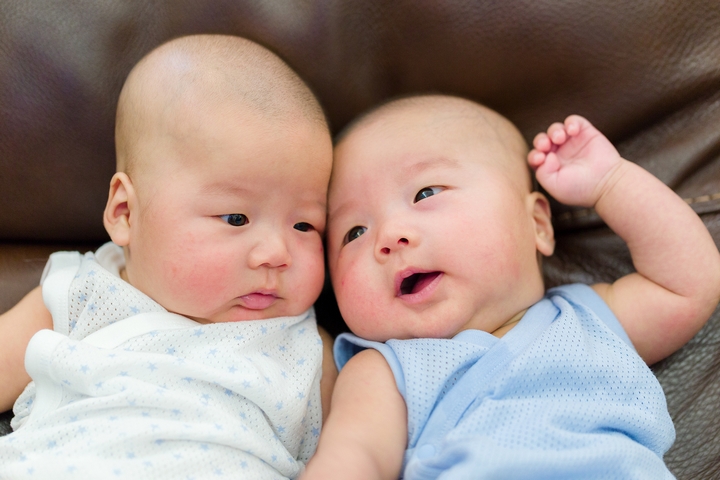
In most cases, DNA profiles in identical twins are exactly the same, save for a few mutation exceptions. When the egg splits into two halves, the resulting two embryos share 100% of the same DNA. Fraternal twins, however, share 50% of DNA, just like regular siblings.
8. We Inherit DNA from Our Parents

We get 50% of our DNA from each of our biological parents. We also share 50% DNA with our siblings. We inherit 25% of our DNA from our biological grandparents. It is, therefore, possible for a grandchild to have features that resemble those of their grandparents. However, how we look depends on a range of genetic combinations brewed in a DNA soup that stretches centuries back!
Physical appearance does not conclusively determine a biological relationship: only DNA testing can settle the matter with finality, so get started with CRI Genetics and receive your DNA test results today.
9. DNA Can Determine a Child’s Paternity

Apart from identical twins, each person’s DNA is unique. It can, therefore, be used as a basis for determining the paternity of a child.

